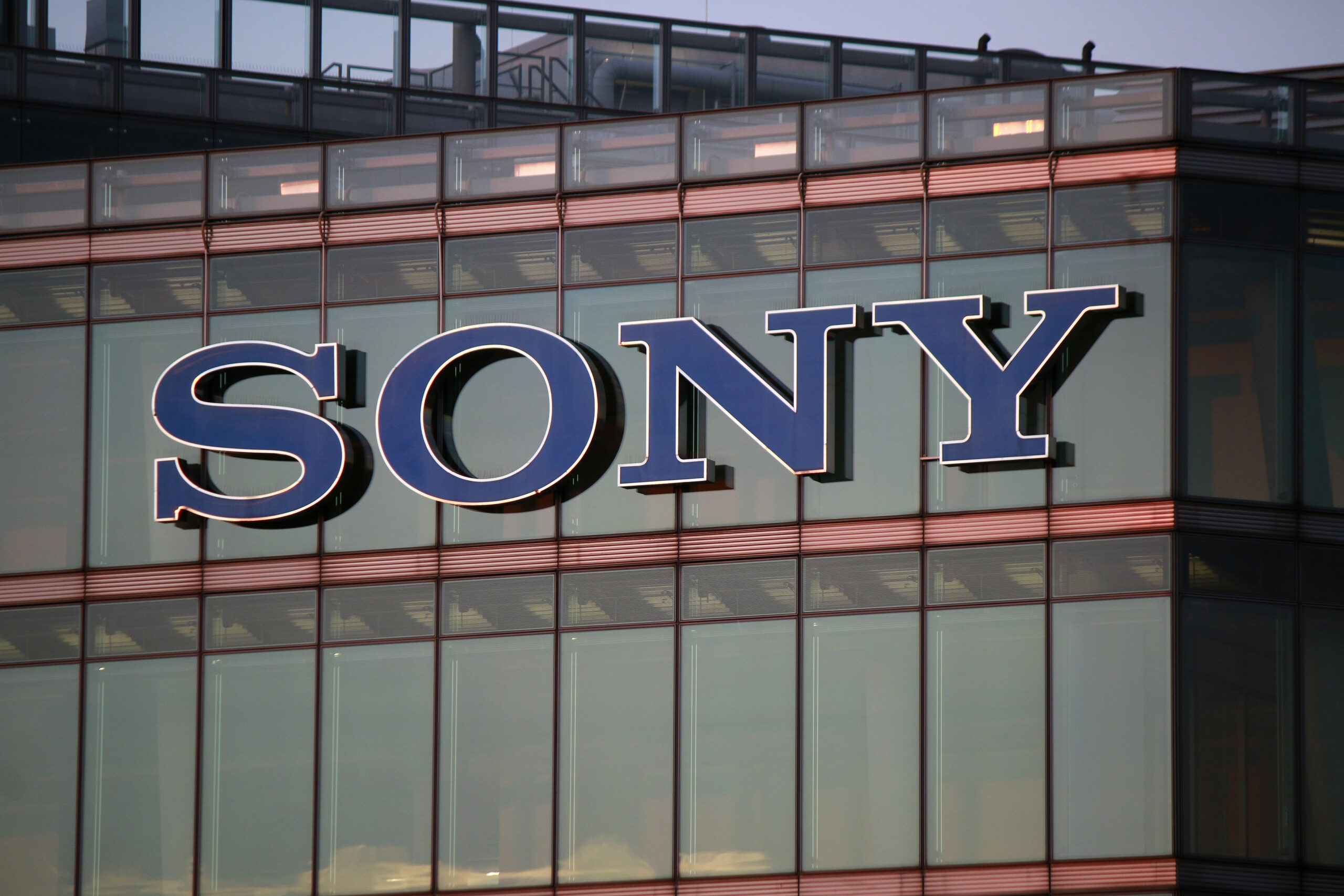“Blurring may occur ‘regardless of the presence or absence of actual or likely confusion, of competition, or of actual economic injury.’”
 The U.S. Patent and Trademark Office’s (USPTO’s) Trademark Trial and Appeal Board (TTAB) ruled in favor of Sony on October 28 in a decision that sustained the corporation’s opposition to an application to register the mark SONISTREAM for a streaming platform. The TTAB ruled last Friday that the “SoniStream mark is likely to dilute Opposer’s famous SONY mark by blurring.”
The U.S. Patent and Trademark Office’s (USPTO’s) Trademark Trial and Appeal Board (TTAB) ruled in favor of Sony on October 28 in a decision that sustained the corporation’s opposition to an application to register the mark SONISTREAM for a streaming platform. The TTAB ruled last Friday that the “SoniStream mark is likely to dilute Opposer’s famous SONY mark by blurring.”
The Board found that SoniStream is similar enough in name “to trigger consumers” of SoniStream to think of the Sony brand. Of the six factors used to evaluate the case, the TTAB found that four were likely to dilute the Sony brand.
Neil Campbell first applied for the SONISTREAM trademark in 2010, but he was refused based on the similarity to the trademark “SonicStream”. Campbell later reapplied for the trademark in 2018.
The TTAB characterized Campbell’s adoption of the SONISTREAM trademark as “innocent”, but this innocence, and the absence of actual association with the SONY mark since the SONISTREAM mark has not yet been used, does “not change the result, given our determinations regarding the other dilution factors,” wrote the Board.
Dilution and Confusion
Sony opposed the SoniStream trademark application on two grounds: dilution and confusion. While the board ruled in favor of Sony on the dilution claim, the TTAB did not reach the likelihood of confusion claim.
Sony brought in linguistic experts to attempt to prove that the “Soni” in SoniStream could be pronounced similarly to Sony. Campbell did not respond with his own linguistic experts, but he denied a similarity in pronunciation and countered with his own linguistic data.
The TTAB found the linguistic experts’ testimony “sufficient to establish that most speakers of Spanish…in the United States are likely to pronounce the word “Soni” in the mark “SoniStream” in the same manner as Opposer’s mark.”
However, the decision noted that Sony did not directly address how the 85% of Americans who do not speak a Romance language could confuse pronunciation between Sony and Soni.
In the end, the Board found that Sony presented such a strong case for dilution that the TTAB “need not and do not reach” the confusion claim.
With that said, confusion is not necessary to prove dilution. The TTAB referenced one of its previous rulings, a January 2022 case involving Spotify, which stated, “[b]lurring may occur ‘regardless of the presence or absence of actual or likely confusion, of competition, or of actual economic injury.”
Six Criteria
The TTAB used six criteria to evaluate if SoniStream’s trademark would dilute Sony’s brand. The six criteria are as follows:
- “The degree of similarity between the mark . . . and the famous mark.
- The degree of inherent or acquired distinctiveness of the famous mark.
- The extent to which the owner of the famous mark is engaging in substantially exclusive use of its mark.
- The degree of recognition of the famous mark.
- Whether the user of the mark . . . intended to create an association with the famous mark.
- Any actual association between the mark . . . and the famous mark.”
The Board found the SONISTREAM trademark dilutes the Sony brand based on the first four criteria, while the two remaining criteria are “neutral”.
Sony’s opposition to the SONISTREAM mark was bolstered by the Board’s determination that the conglomerate is “exceedingly famous.” This fame made Sony “entitled to protection against dilution under 15 U.S.C. § 1125(c).”
Sony was represented by a team from Finnegan, which noted in a statement following the decision that “Board decisions rendered exclusively on dilution by blurring [are] a rare occurrence.”
Image Source: Deposit Photos
Image ID: 130692622
Author: 360ber

![[IPWatchdog Logo]](https://ipwatchdog.com/wp-content/themes/IPWatchdog%20-%202023/assets/images/temp/logo-small@2x.png)

![[Advertisement]](https://ipwatchdog.com/wp-content/uploads/2024/04/UnitedLex-May-2-2024-sidebar-700x500-1.jpg)
![[Advertisement]](https://ipwatchdog.com/wp-content/uploads/2024/04/Artificial-Intelligence-2024-REPLAY-sidebar-700x500-corrected.jpg)
![[Advertisement]](https://ipwatchdog.com/wp-content/uploads/2024/04/Patent-Litigation-Masters-2024-sidebar-700x500-1.jpg)

![[Advertisement]](https://ipwatchdog.com/wp-content/uploads/2021/12/WEBINAR-336-x-280-px.png)
![[Advertisement]](https://ipwatchdog.com/wp-content/uploads/2021/12/2021-Patent-Practice-on-Demand-recorded-Feb-2021-336-x-280.jpg)
![[Advertisement]](https://ipwatchdog.com/wp-content/uploads/2021/12/Ad-4-The-Invent-Patent-System™.png)






Join the Discussion
No comments yet.